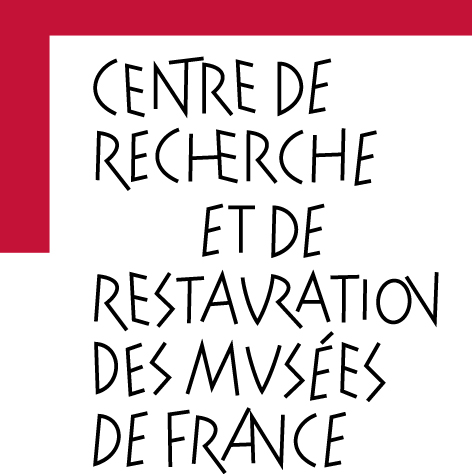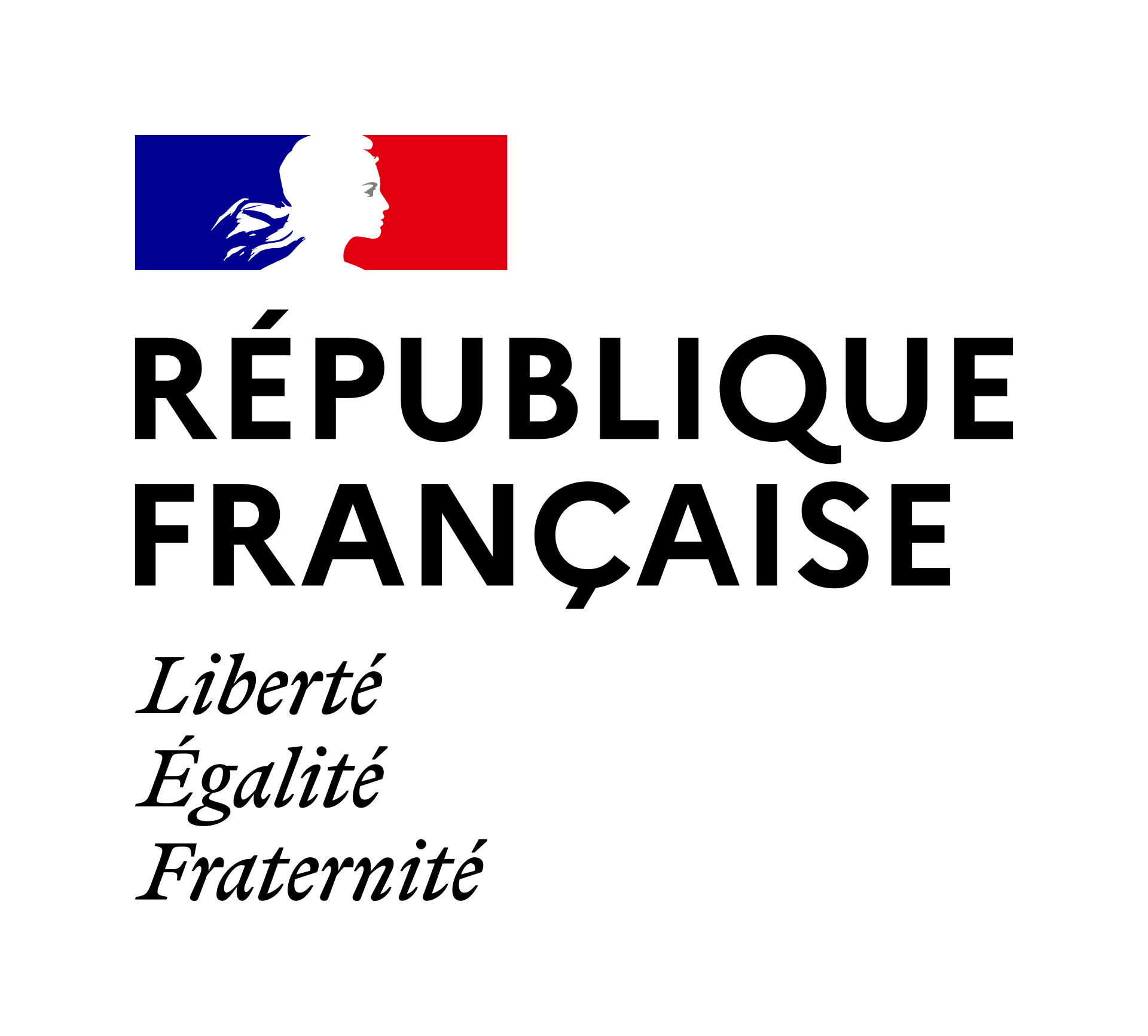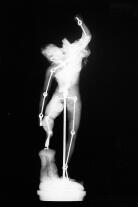Application and implications of radiocarbon dating in forensic case work: when medicolegal significance meets archaeological relevance
Résumé
The estimation of the postmortem interval for skeletal remains is a crucial aspect of forensic anthropology. This paper illustrates the importance of radiocarbon analysis for establishing medicolegal significance and supporting forensic identification, through the analysis of three case studies for which the years of both birth and death were investigated. In Audresselles, northern France, a partial skull was discovered with no contextual information or identity. Radiocarbon dating yielded an average calibrated calendar age of 4232 BCE (92.5% probability), indicating significant archaeological value but no forensic relevance. In the second case, skeletal remains were found in the flooded underground of a historical fort at Wimereux, northern France, also with no identity.
Radiocarbon dating based on the bomb-pulse curve indicated a calibrated date of death in 1962 CE (37.3% probability) or 1974-1975 CE (58.1% probability), both surpassing the French statute of limitations. Lastly, a skeleton with a suspected identity was discovered near Valenciennes, northern France, and various biological tissues underwent radiocarbon dating. A bone sample suggested a calibrated date of death of 1998-2002 CE (84.6% probability), differing from a hair sample (2013-2018 CE, 83.3% probability) because of the slower bone tissue remodeling process. DNA analysis confirmed the person's identity, reported missing a decade prior to the discovery of the remains, following the alignment of the radiocarbon results with the individual's year of birth based on dental tissues and year of death. These case studies reveal that traditional radiocarbon dating and bombpulse dating are essential tools for estimating the postmortem interval, providing mutual benefits for archaeologists, forensic anthropologists, and the criminal justice system.
Key points:
Traditional radiocarbon dating and bomb-pulse dating are essential tools to establish the archaeological relevance or medico-legal significance of human skeletal remains.
Bomb-pulse dating enables assessment of an individual's years of birth and death.
Bomb-pulse dating helps to narrow down the pool of candidates for identification.
Radiocarbon analysis provides mutual benefits for archaeologists, forensic anthropologists, and the criminal justice system.
| Origine | Fichiers éditeurs autorisés sur une archive ouverte |
|---|---|
| licence |





